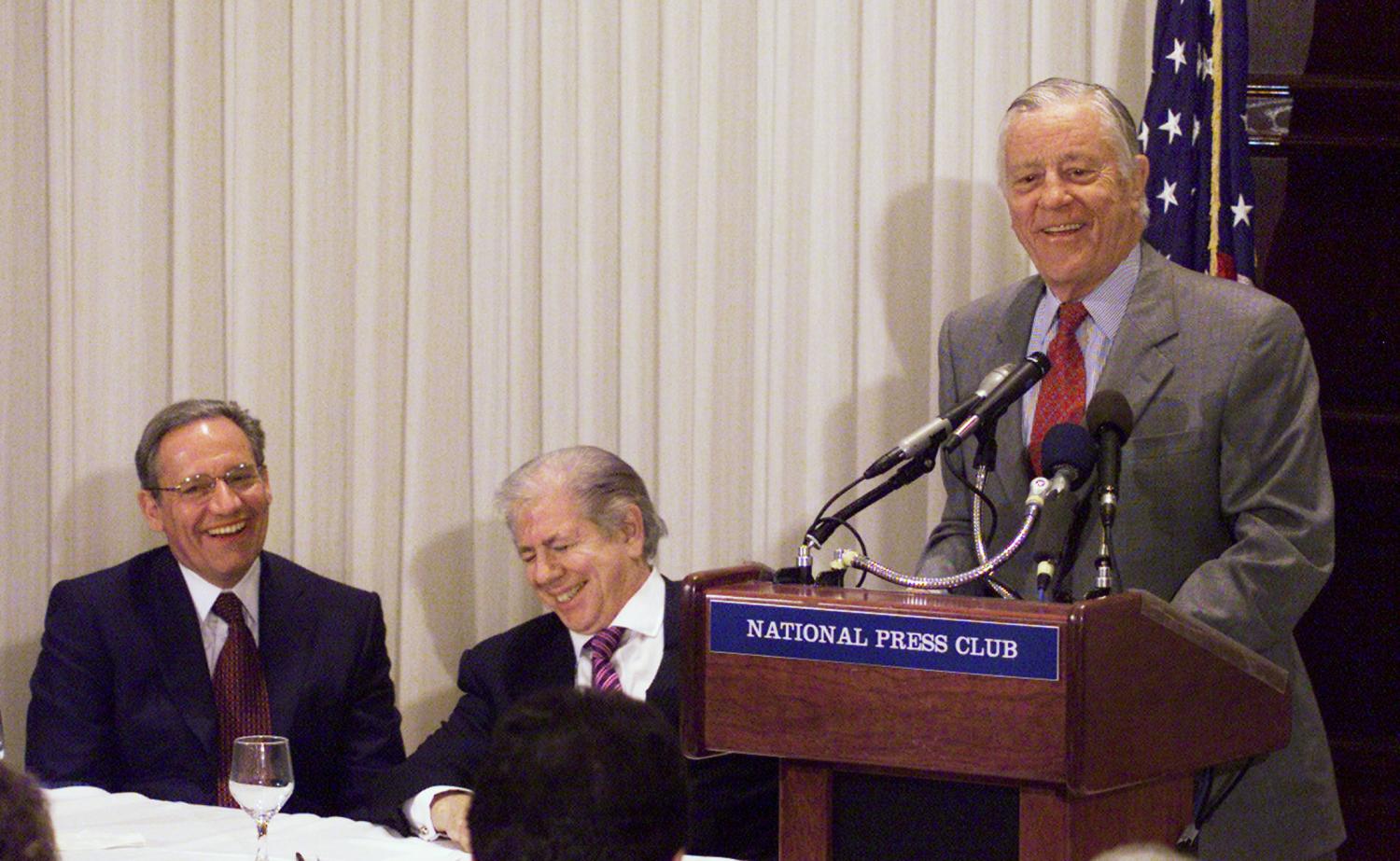In the eighth of a series of blogs offering video snippets from Stephen Hess’ numerous interviews with the prominent journalists featured in Whatever Happened to the Washington Reporters, 1978-2012, Hedrick Smith had one of the dream careers that the New York Times can offer its top-tier correspondents, including crisscrossing the South during the civil rights explosions of the early 1960s, a tour in Vietnam, reporting from Cairo and Moscow, and being the Washington bureau chief. Here he tells of his decision to leave the Times.
Whatever Happened to the Washington Reporters is Hess’ latest book, in which he set out to find the 450 Washington reporters he first surveyed in 1978. He tracks them in France, England, Italy, Australia, and 19 U.S. states in addition to the Washington area, locating 90 percent and interviews 283 of them, producing the first comprehensive study of career patterns in American journalism.
##1##
Rick Smith went on to become an Emmy Award-winning producer/correspondent for the PBS show Frontline. The Times Washington bureau in 1978 had thirty slots for reporters. Of our seventeen interviews, seven remained with the New York Times until retirement and ten went on to other places, including Rick Burt, who became a diplomat, serving as U.S. ambassador to Germany and then chief negotiator in strategic arms reduction talks; Steve Roberts, the Shapiro Professor of Media and Public Affairs at George Washington University; Marty Tolchin, a congressional specialist, who founded The Hill newspaper in 1994; Tony Marro, eventually the editor of Newsday; and environmental correspondent Phil Shabecoff, who started Greenwire, an online publication.
There was, however, one member of the 1978 bureau, diplomatic correspondent Bernie Gwertzman, who made an immense impact on the future of the company. When in his sixties he became intrigued by the possibilities of computers in newspapering and was the force behind creating NYTimes.com.
The Brookings Institution is committed to quality, independence, and impact.
We are supported by a diverse array of funders. In line with our values and policies, each Brookings publication represents the sole views of its author(s).




Commentary
Hedrick Smith: Leaving the New York Times
September 25, 2012